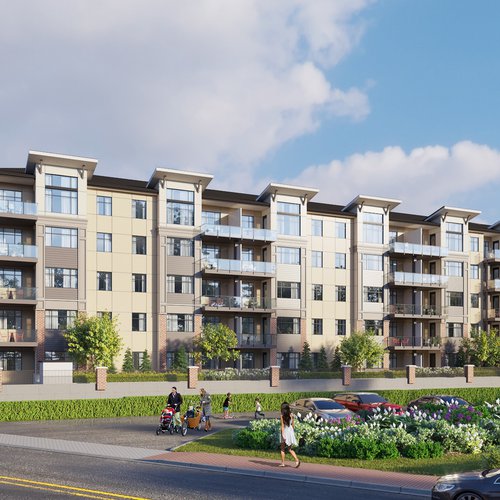Jan. 23, 2024
tags : categories: 3D Rendering , Interior Rendering , Property Development , Commercial Rendering
In today's competitive world, the design and ambiance of a restaurant are as important as the quality of the food it serves. With the advent of advanced visualization technologies, restaurant rendering has become an invaluable tool for architects, interior designers, and restaurateurs in designing and renovating dining spaces. This technique involves the creation of detailed 3D models of restaurant interiors and exteriors, offering numerous benefits that enhance the way culinary spaces are conceived and implemented. This article explores ten key benefits of using restaurant rendering in the design of culinary spaces.
1. Realistic Visualization of Restaurant Designs
Restaurant rendering provides highly realistic and detailed depictions of proposed restaurant designs. This includes everything from the dining area layout, kitchen design, and bar setup, to lighting and décor. Such detailed visualizations enable stakeholders to envision the potential of the space, aiding in the creation of a restaurant that is both functional and aesthetically appealing.
2. Enhanced Communication with Clients and Stakeholders
Effective communication is crucial in the restaurant design process. 3D rendering significantly enhances this communication by providing clients and stakeholders with a tangible representation of the proposed design. This clarity helps in setting realistic expectations and ensures that the client’s vision is accurately captured in the design.
3. Efficient Space Planning and Layout Optimization
Optimizing space is vital in restaurant design to ensure guest comfort and operational efficiency. Rendering technology allows for precise space planning, ensuring the layout supports a smooth flow of guests and staff while maximizing the utility and comfort of each area within the restaurant.
4. Customization and Flexibility in Design
Restaurant rendering offers unparalleled flexibility in customizing designs. It enables architects and designers to experiment with various architectural styles, interior themes, and seating configurations, allowing for extensive customization. This flexibility ensures that each restaurant design is unique and tailored to the specific branding and operational needs of the establishment.
5. Improved Material Selection and Combination
Selecting the right materials and textures is essential in creating an inviting restaurant environment. Rendering provides an accurate representation of how different materials and finishes will look in the space, aiding in the selection process and ensuring that the materials chosen enhance the overall design theme.
6. Cost-Effective Design Revisions
Design revisions are common in restaurant projects, and rendering makes these revisions more cost-effective. Changes can be visualized in the digital model, reducing the need for physical models or extensive rework during construction, leading to significant savings in both time and resources.
7. Simulating Lighting and Environmental Effects
Lighting plays a crucial role in setting the mood and ambiance of a restaurant. Rendering allows designers to simulate various lighting conditions, providing insights into how the restaurant will appear and function under different scenarios. This is vital for creating a welcoming and comfortable atmosphere for diners.
8. Facilitating Decision-Making
The decision-making process in restaurant design can be complex, involving multiple stakeholders. Rendering facilitates this process by providing clear and detailed visuals of the proposed design, enabling quicker and more informed decision-making by all parties involved.
9. Enhancing Marketing and Presentation for Restaurants
High-quality renders are an excellent marketing tool for restaurants. They can be used in promotional materials to showcase the design and ambiance of the restaurant, attracting potential customers and enhancing the establishment's market presence.
10. Ensuring Accuracy in Implementation
Lastly, restaurant rendering aids in ensuring accuracy during the implementation phase. Detailed renders provide precise guidelines for contractors and builders, reducing the risk of errors and discrepancies during the construction process.
Conclusion
Restaurant rendering is revolutionizing the design and construction of culinary spaces, offering benefits that range from realistic visualization and enhanced client communication to efficient space planning and cost savings. As the culinary industry continues to evolve, rendering will play an increasingly important role in creating restaurant spaces that are not only visually stunning but also highly functional, catering to the diverse needs and expectations of diners.










